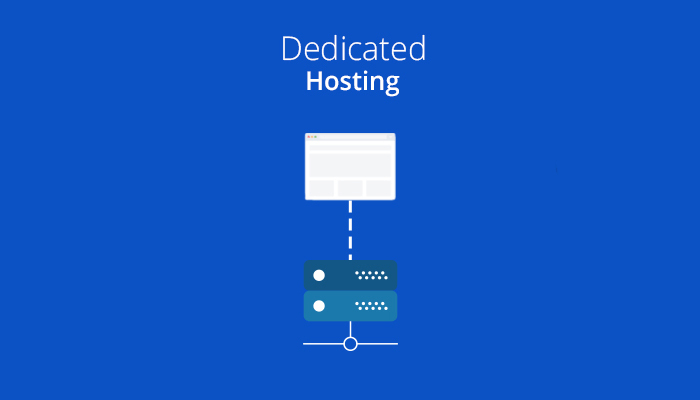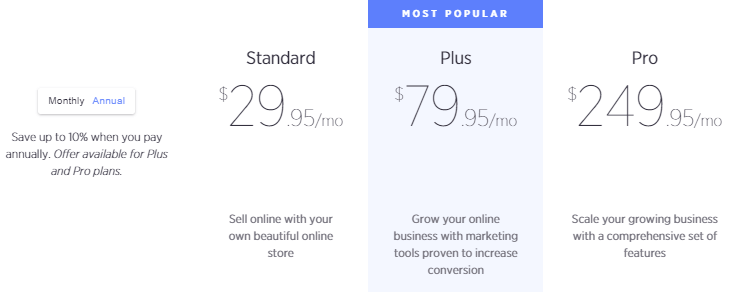Building an eCommerce website is never a cheap and quick venture. Oftentimes it is expensive and not fast because it requires a lot of skills and knowledge. However, investing in the improvement of an eCommerce website is crucial for the development of the business. At this point, the expense to improve an eCommerce website should be perceived as a financial investment in the business venture.
In this article, several components boosting the price tag of the eCommerce website are discussed, so the message of this article is going to be useful to those people, who plan their budget to develop their online store.
The size of your Website
The size of the online store and growth projections for your business define the price of your website. Probably, you have already heard that the more miniature the website, the more affordable and quicker it is to develop. Practically, there is a direct relationship between the size of inventory, the size of the website, and its price tag for development.
Architecturally, bigger websites require a more sophisticated approach, which adds up to the cost. Recently, the development cost of the website leveled nearly $30,000 as a start. However, the payment for the building of the eCommerce website increases with its size and complexity as soon as efforts for development, design, testing, etc. rise.
A basic idea to define the size of your website is to think about the number of products in your inventory that is going to be sold on the eCommerce website. Of course, the generated traffic is essential too. Thus, more modest businesses have several products and massive traffic is not required for such eCommerce websites.
Small-Sized Business
The website is fairly tiny if you have a short variation of goods, a humble but steady customer base, and no plan to expand in the nearest future. In this case, it is better to keep an eCommerce website simple but working smoothly and thus saving money.
Middle-Sized Business
The size of the online store directly relates to the number of products sold. The aim to grow a customer base also adds to the size. Bigger eCommerce websites often require more complex architecture including the tools necessary to deal with inventory and/or logistics, which means having plug-ins and extensions. Thus, the cost of building the online store for the mid-sized business is costlier compared to the small business venture.
Enterprise Business
Running the enterprise business is a totally different thing. Enterprise businesses usually have a large inventory and a big customer base that require specific tools to be managed effectively. Moreover, enterprise websites are going to grow, so the website should be able to accommodate the growth and add more products and more customers to it. And, the enterprise-level business is going to need Enterprise Resource Planning (ERP) and Customer Relationship Management (CRM) systems integration, which entails a substantial budget.
Ecommerce Development Cost for Custom Design
In modern business, there is a need to be memorable so that the customers remember you and can return to you for the next purchase. At this point, the custom theme of the online store is a great tool to make the experiences of customers memorable.
There is a direct correlation between a better design and better sales as soon as customers are going to identify your business better. Moreover, a custom design adds to the outstanding use of an eCommerce website, and it is essential for successful sales.
A good design is supposed to contribute to the the more difficulties the customer faces on the way to checkout, the less likely the customer is going to complete the deal and buy those items.
Design matters for all of us. Too many small businesses lack an attractively designed app. In addition, the majority of potential customers aspire to use a mobile version of the website that is expected to be quicker than the website accessed from a desktop. Almost no one is going to wait until all the websites are downloaded, and this means that the website must be quick to load. Moreover, most Internet traffic comes from websites of up to 100 pages and more. Thus, it is not only the design that matters but also the size and architecture.
Accordingly, there is always a battle between those who prefer templates and those arguing for the custom design. It is true that the vast majority of templates are cute and useful but the theme should be unique to be recognizable.

Ecommerce Website Cost for Hosting
Today, eCommerce ventures prefer one of four main types of hosting, namely shared, VPS, dedicated, or cloud. Each type of hosting service has its own perks and its own disadvantages. For each of the hosting types, the cost and the service plans are different.
Make sure you evaluated the options for the traffic and the amount of memory that is required before choosing the hosting. In addition, it is important to think about the cost of the downtime.
Usually, online stores suffer huge losses from downtime, and if it is your story, it is better to think about cloud hosting that diminishes the chances for your website to go down. The range of Ecommerce website prices and traffic might be huge, from $5 to more than $1,000 monthly.
Shared Hosting Service
Choosing the shared hosting service is the most affordable decision and therefore it is the first choice option when your eCommerce website is fairly tiny and you are not going to have six-digit traffic.
A shared hosting option means that there is a physical server with many websites running on it. As a result, the physical memory of this server is shared among many websites. A monthly price for shared hosting is usually something between $1 and $10. Thus, subscribing for the shared hosting service works fine only when your project is small and you simply do not have more money for a better hosting option.
VPS Hosting Service
One more type of hosting service to discuss is VPS (Virtual Private Server) and the main point of this type of hosting is to provide a physical server for websites to run on. VPS makes sure that the resources are shared equally. This is close to buying and dividing a physical server with your friend, implying that hosting features are divided equally.
Practically, with VPS, you are given a part of the shared hosting and nondecreasing productivity regardless of the use of the space and resources by other vendors. With VPS the performance of the websites is going to improve. Though, the expenses for hosting are estimated to rise up to $30 or $100 per month.
Dedicated Hosting Service
The option of dedicated hosting implies that you are getting an individual server to use. On the allocated server, you can host your eCommerce website and get your own individual IP address.
With a dedicated hosting service, you are getting a dedicated hosting plan so that you can pay and control your own website as much as you want. This enables even higher performance for the website with the payment for it higher and ranging between $80 and $1,000+ per month.

Cloud Hosting Service
Cloud hosting is the best in terms of the price to effect ratio. Cloud hosting is often more affordable than signing for a dedicated server but it is more effective in terms of website performance.
A cloud hosting service is a type of hosting that uses a group of servers operating together to have your website running. The greatest thing is that if one server running your website crashes, others keep working, and your website is up. As a result, the cloud hosting service option is the best option if your revenues depend on the uptime of the website.
The cost of the cloud service ranges between $10 and $500 per month for small websites. Cloud hosting service costs for big websites can potentially reach tens of thousands of dollars.
Ecommerce Website Cost for Functionality
As a rule, it is functionality that makes the largest cost for developing the website. Today, eCommerce websites need to do a lot to engage and retain their customers. Truly, the customers want to see the modern and interactive design.
It is expected that the customers face the latest and the most efficient features that allow them to quickly find the product that they need. Moreover, customers often wait to be amazed by the features that they see on the retailer’s website. According to the huge number of distractions, retailers need to create a really special design to have their customers amazed.
Most often, they do this by adding more features to the website. Therefore, the most significant portion of the price needs to be paid for the development of desired and planned features.
Many eCommerce platforms add multiple modules to expand the functionality of the website, and using third-party modules means paying more for the integration of someone else’s plugins. Here in SOFTLOFT, we develop our own Magento extensions to reduce the development cost for the customer.
Development Cost
Development cost includes available resources intended for the use and future maintenance plans and payments. At this point, it is important to remember that the development cost includes maintenance costs as well. Therefore, there is a need to think about further technical support when having developed the specs and the timeline for the project.
Magento Ecommerce Website Cost
Magento is the leading hosted platform for developing eCommerce websites. It is especially popular among medium and big companies and provides a wide range of features for all users.
With Magento, there are two versions of the platform: a free open-source one that requires extensive technical knowledge, and a paid version that is much easier to use but costly.
For a paid version of Magento, online stores need to pay an individual price depending on the average order value and annual online revenue. Therefore, smaller businesses often choose the open-source version and hire developers to maintain it while bigger complex stores opt for the paid version with great support and many features.
Shopify eCommerce Website Cost
The development cost of Shopify online store consists of the monthly payment for the platform that has three pricing plans, from $29, $79, and $299 per month, the payment of nearly $600 for the design, apps, and add-ons, the cost of the theme that usually ranges between $100 and $200, as well as the additional costs for the developers’ work and adding features as needed.
Most often, the cost of a simple online shop on Shopify ranges from $2000 to $5000 and the cost for mid-sized and big eCommerce projects is going to range between $20.000 and $50.000
BigCommerce eCommerce Website Cost
BigCommerce is another popular hosted platform for eCommerce websites. The platform has three types of monthly payments of $29.95, $79.95, and $249.95. However, the default feature list is not likely to satisfy a big eCommerce website but the addons in BigCommerce are costly and adding apps mist cost up to $150.000 and more.

Summary
At this point, the question of how much does it cost to start an online boutique has a very specific and individually tailored answer. Contact us to get your own estimate for your project.



